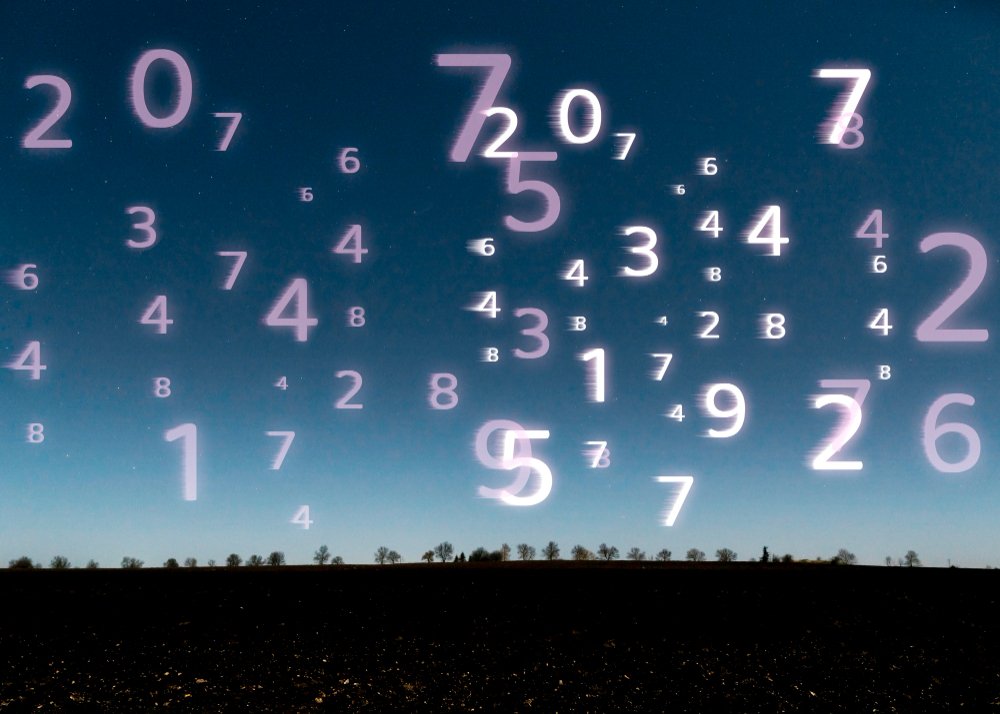In today’s digital world, numbers often represent critical data points that reveal insights into trends, statistics, or codes. One such series of numbers that has been generating curiosity is 33511.98 7417 2165 3463. While at first glance, this sequence may seem random, there’s often more than meets the eye. In this article, we will explore possible interpretations and the importance of understanding sequences like these in various industries.
Decoding the Sequence: 33511.98 7417 2165 3463
1. What Does 33511.98 Mean?
The first part of the sequence, 33511.98, could signify a monetary amount, such as dollars, euros, or another currency. This figure might be used in financial records, invoices, or large-scale transactions.
Example Usage:
- Financial Records: In a business setting, 33511.98 might represent the total revenue or expenditure for a certain period.
- Invoicing: This could also represent the cost of goods or services provided by a company.
2. 7417 – A Possible Reference?
The next number, 7417, could be a code, product identification, or even a postal code. Numbers like 7417 are often used to represent identifiers in various systems, such as:
- Product Codes: Many industries, such as electronics or automotive, use such numbers to catalog items.
- Geographical Locations: 7417 may also serve as part of a postal or geographical reference code.
3. 2165 – An Important Figure
2165 could represent a year, a model number, or another key statistic. Numbers in this range are commonly used in several fields:
- Historical Years: In some cases, 2165 could refer to a future date, particularly in futuristic studies or science fiction.
- Technology Models: It might also signify a model number for a specific technological gadget or innovation.
4. 3463 – A Final Piece of the Puzzle
The last segment of the sequence, 3463, might represent anything from a password to a unique identifier in a specific system.
- Security Codes: Often, four-digit numbers like 3463 are used as PINs, passwords, or access codes in secure systems.
- Statistical Data: This could also signify a data point in statistical research, such as the number of participants in a study or the value in a mathematical model.
Applications Across Industries
1. Finance and Accounting
In the financial world, sequences like 33511.98 7417 2165 3463 may be used in transactions, account numbers, or balance sheets. Understanding these sequences ensures smooth operations and accurate data management.
2. Technology and Software Development
Software engineers frequently work with numerical sequences for coding, algorithms, and data encryption. A sequence like this could be a part of a cryptographic key or a part number within a software library.
3. Logistics and Shipping
For those in logistics, numerical sequences help in tracking shipments, managing inventories, and cataloging products. The 7417 and 2165 numbers could represent shipment codes or warehouse locations.
4. Manufacturing
In manufacturing industries, product identification is critical. 7417 and 2165 could represent specific parts or components in a larger assembly line.
How to Handle Complex Number Sequences
Handling number sequences requires an understanding of the context in which they’re used. Here are a few tips:
1. Documentation
Always ensure that the purpose of each number is clearly documented. Whether it’s used in finance, tech, or logistics, clarity helps prevent errors.
2. Cross-Referencing
In many cases, sequences are used across multiple systems. Ensure that all involved systems reference the same data point to avoid confusion.
3. Security
When dealing with sequences that might represent passwords or access codes, prioritize their security. Ensure proper encryption methods are used to safeguard sensitive data.
Conclusion
The sequence 33511.98 7417 2165 3463 is more than just random numbers. Depending on the context, it can hold significant meaning across various industries, from finance and technology to logistics and manufacturing. Understanding the potential behind such sequences is essential for anyone looking to navigate the complexities of modern data systems. Whether used for transactions, coding, or product identification, each number plays a crucial role in its respective field.


